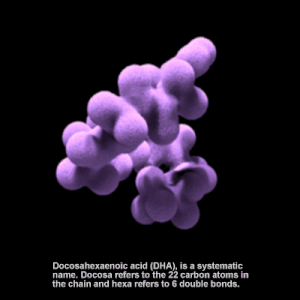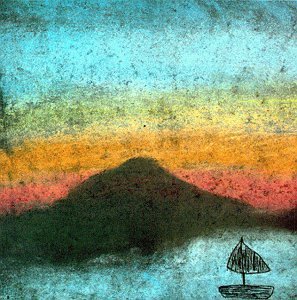Starts
So starts matter as much as endings.
Boldly Reading asks us, now, about Beginnings.
First sentences, first kisses, first missions, etc. – what are some of your favorite ‘firsts’ on Ad Astra? What sorts of openings and firsts and premieres get you to keep reading?
I enjoy a good beginning as much as anyone else does, I suppose. Crafting the perfect opening line is a challenge, and some writers do a better job of it than others, just like anything else. Here’s a great one.
“I was sure I was going to die, but was so afraid I wouldn’t in time.”
Little Black Dog’s Aftermath cuts right in, immediately, and you realize that something awful has happened, and is being (maybe) recovered from.
Here’s another.
kes7’s Year One opens not necessarily with a bang, but it’s obvious that whoever this is, he’s physically superior to humans. Is he an Augment, perhaps?
And here’s one more, if you’ll indulge me.
“I … I think …(that) I need to see a doctor.”
trekfan’s While You Were Unconscious pulls two people together, although the details are a little … tricky. Yeah, there’s a good word for it.
Bonus questions!
How do you convert blank pages and blank computer documents into works of art? How do you get first ideas? What gets you started, or re-started?
I find that, for me, getting a story started is difficult but of course it’s necessary. Otherwise, nothing is ever produced! But sometimes the ideal opening is elusive. When that happens, I try to write the middle, or even the end. And I will go over and over again, in my mind, when it comes to the opening line of a story. I want the reader to continue, of course, but what I also want is to set the tone.
Reversal
Reversal‘s opening line was written on the fly (as was nearly all of that story). It is, simply, this –
It didn’t hurt.
I really, really hope the reader’s question is – what didn’t hurt?
It is, possibly, the best opening I have ever written, and it colored the remainder of the story. Other stories have had good openings. I particularly like the ones for Paving Stones (“He’s too young.”) and for Brown (They were both pregnant at the same time.). Both of these opening lines defined the stories that followed, and shaped them.
Often a good opening line can get me going, and can really sustain me. However, sometimes I need to get a restart. This is especially after I’ve had to leave a story for a while, for some reason or another.
One thing I try to do is to keep writing (this includes blogging). More or less continually getting ideas onto paper or pixels means that it takes a while for all ideas to dry up. But sometimes that’s not feasible. When it isn’t, I also like to just reread my work, and not necessarily the work I’m trying to finish. I just need to, I feel, review past successes, at times, to remind myself that I can still do it.
Here’s to new beginnings for us all.



